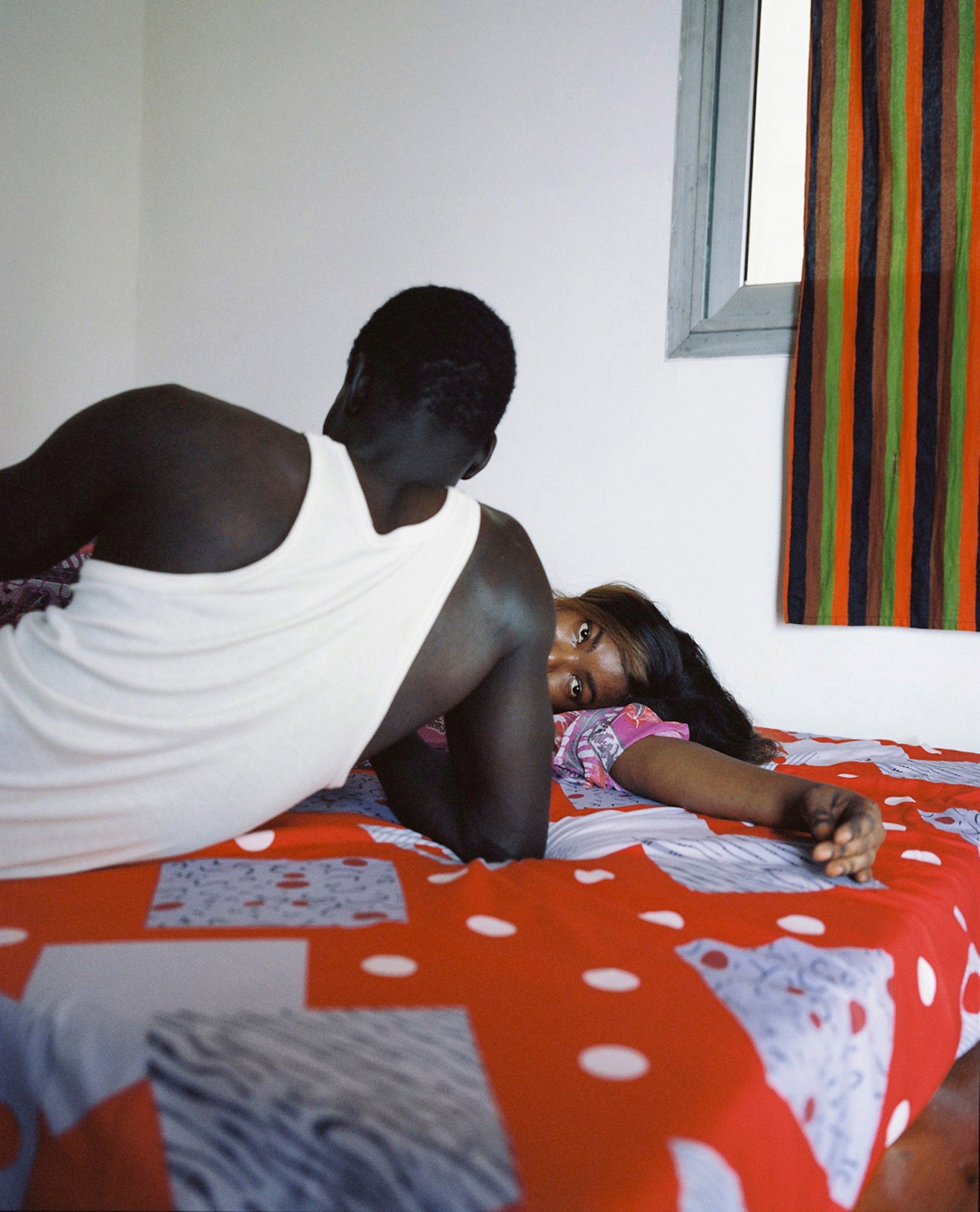It was the thick trunks of the baobab trees, the scorched earth and the dust cloaking the atmosphere, turning the sky a milky red, that struck Charlotte Yonga when she arrived in Senegal for an artist residency last summer. Unlike her paternal homeland of Cameroon, which is much more humid and equatorial, Senegal’s climate is drier as it’s closer to the Sahara — but her visit to the African continent was equally comforting and visually striking. “I knew I absolutely wanted to work on this land with photography and films,” she says. “I wanted to explore my origins with the medium.”
Charlotte grew up in a former abbey in an idyllic, albeit homogeneous, village in the French countryside where everyone in her life was white. “My mum is white with very clear blue eyes, my stepfather, my brother and everybody at my school too,” she says. Not much changed when she went to study fine art at École nationale supérieure d’arts de Paris Cergy (ENSAPC) in the suburbs, where the focus was always on sober white art. At 21, she went to Cameroon for the first time and returned with a body of work that captured African women in polygamist relationships, however, “It wasn’t easy to let this African-ness and Blackness enter into the school,” Charlotte said.
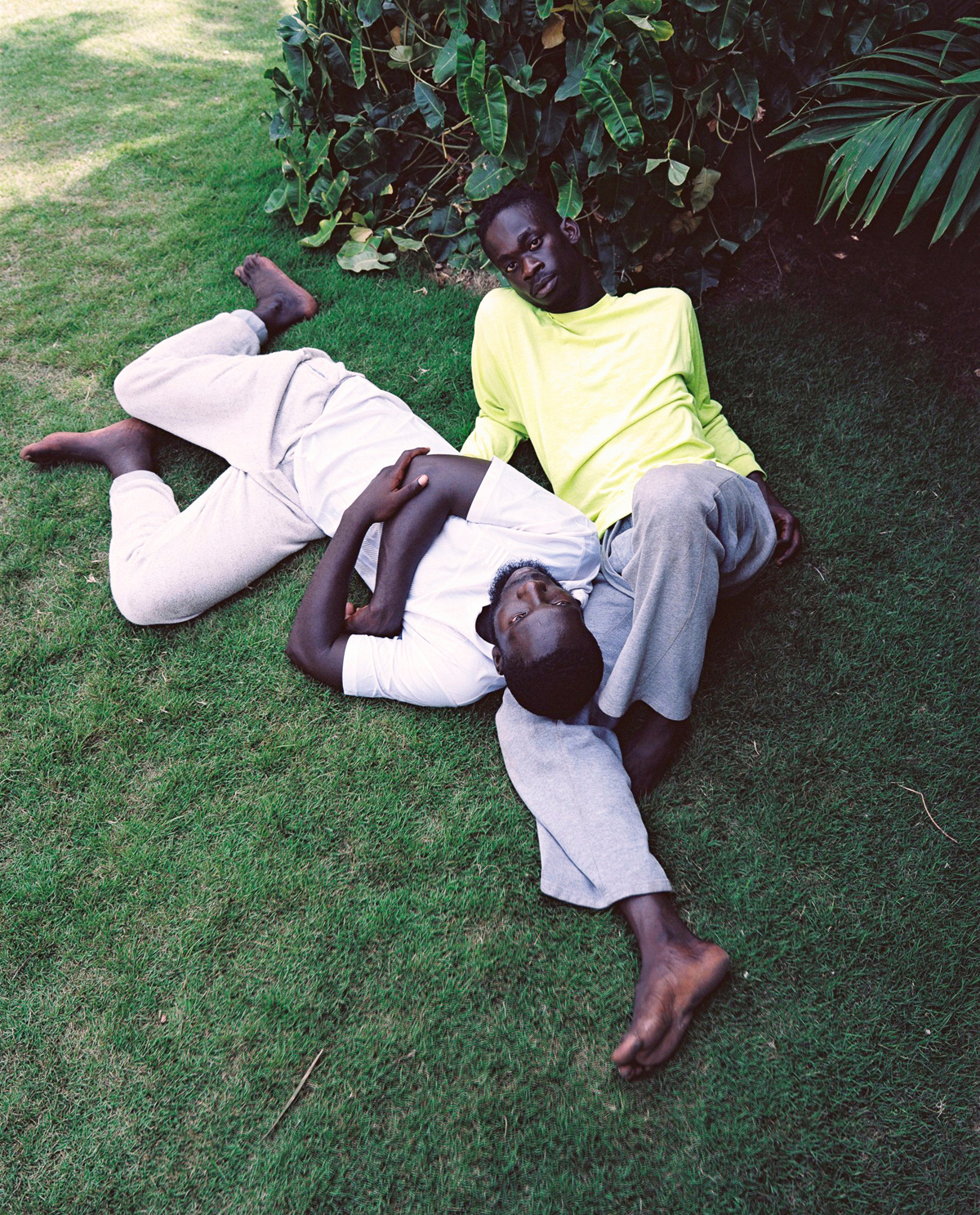
“I didn’t feel very comfortable and accepted at school, so I didn’t dare to be too expressive or ‘colourful’, especially when it came to African and Black culture,” Charlotte says. “Our imagery can too often be exoticised, so I pushed my work into something very sober and melancholic — closer to the European documentary photography aesthetic.”
This legacy can be felt in the pensive portraits she took at the Blachère Foundation, during a residency curated by the fashion photographer Lou Escobar, where she explored love’s joy and darkness. “[Love] is more than a concept or an image,” she explains of the programme’s theme. “It’s more about energy, something shared.”
Her project, Naam Na La — named after a Wolof phrase she was texted by one of her models that translates to ‘I long for you’ — is a mix of staged and candid photographs on this theme. “When I’m in love, I already feel nostalgic,” she says. “I already anticipate that it will finish and it is not forever. Although I believe in love forever, like in friendship and for couples… I think every good moment will finish and pass.” The idea of longing for someone, she explains, is the result of a strong love or desire that is exasperated by absence.
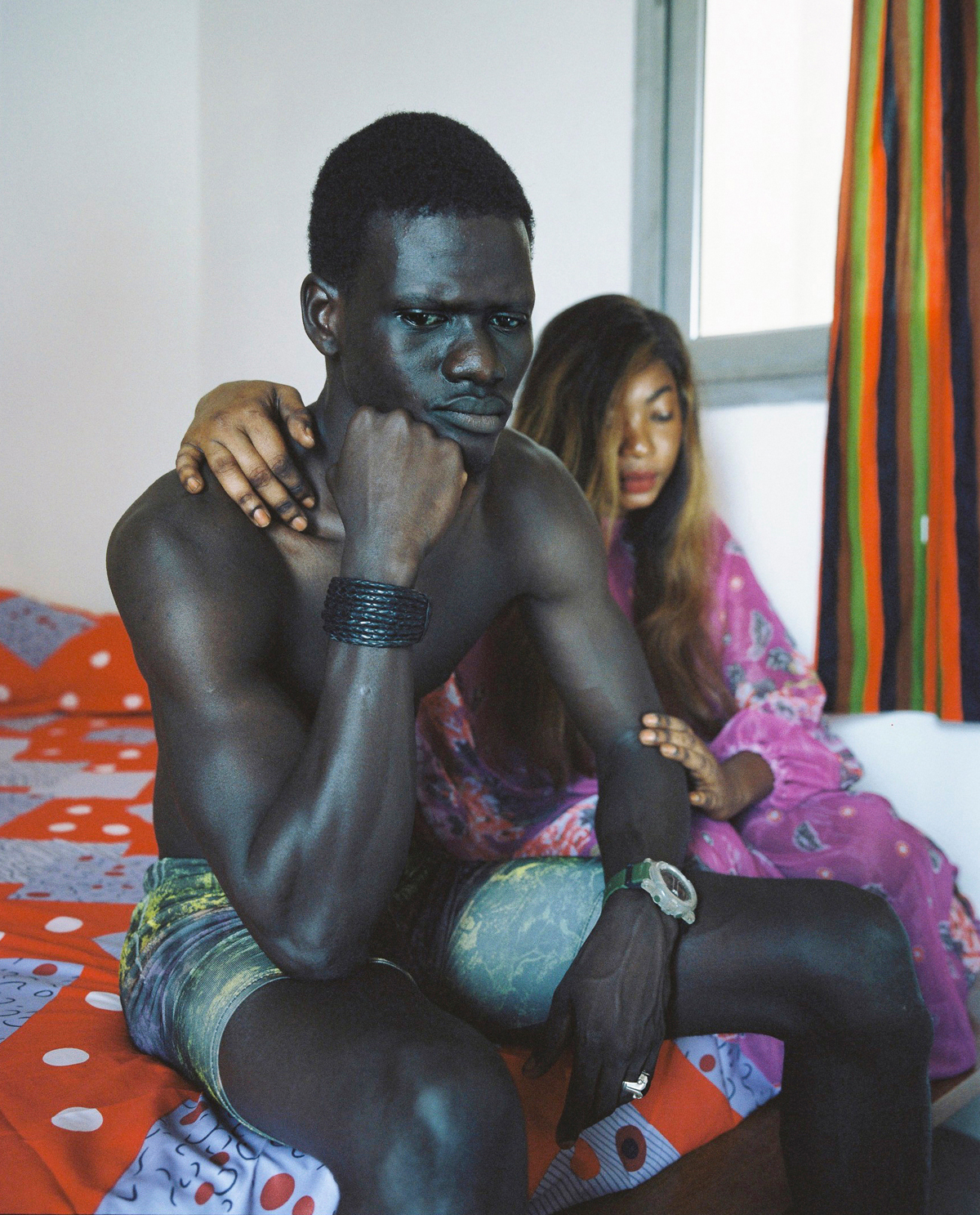
What she tries to show in her work is the complexity of the emotion, whether that’s between mothers and their daughters, couples or friends. She photographs models and dancers using a medium format film camera, which mutes the colours much like the dust in the atmosphere; as well as people she street casts, like a woman she spotted with ‘love’ shaved into her hair and a top that said ‘romantic.’ Charlotte met her on Ngor island, a tiny and tranquil spot speckled with coloured buildings, off the coast of Dakar.
Charlotte spent plenty of time on the coast — on Gorée Island, which was once ruled in succession by the Portuguese, Dutch, English and French who each played a devastating role in the Atlantic slave trade. She also spent time on the sandy seafront of La Somone, an hour-and-a-half’s drive south of Senegal‘s capital. “The Atlantic is very important for the people in Dakar,” Charlotte says. “Dreams of migration, the dream of having your family coming back from Europe. It’s a symbol of hope. For me love is very close to hope. The feeling of waiting to have something that is perfect that we can never have or never comes back.”
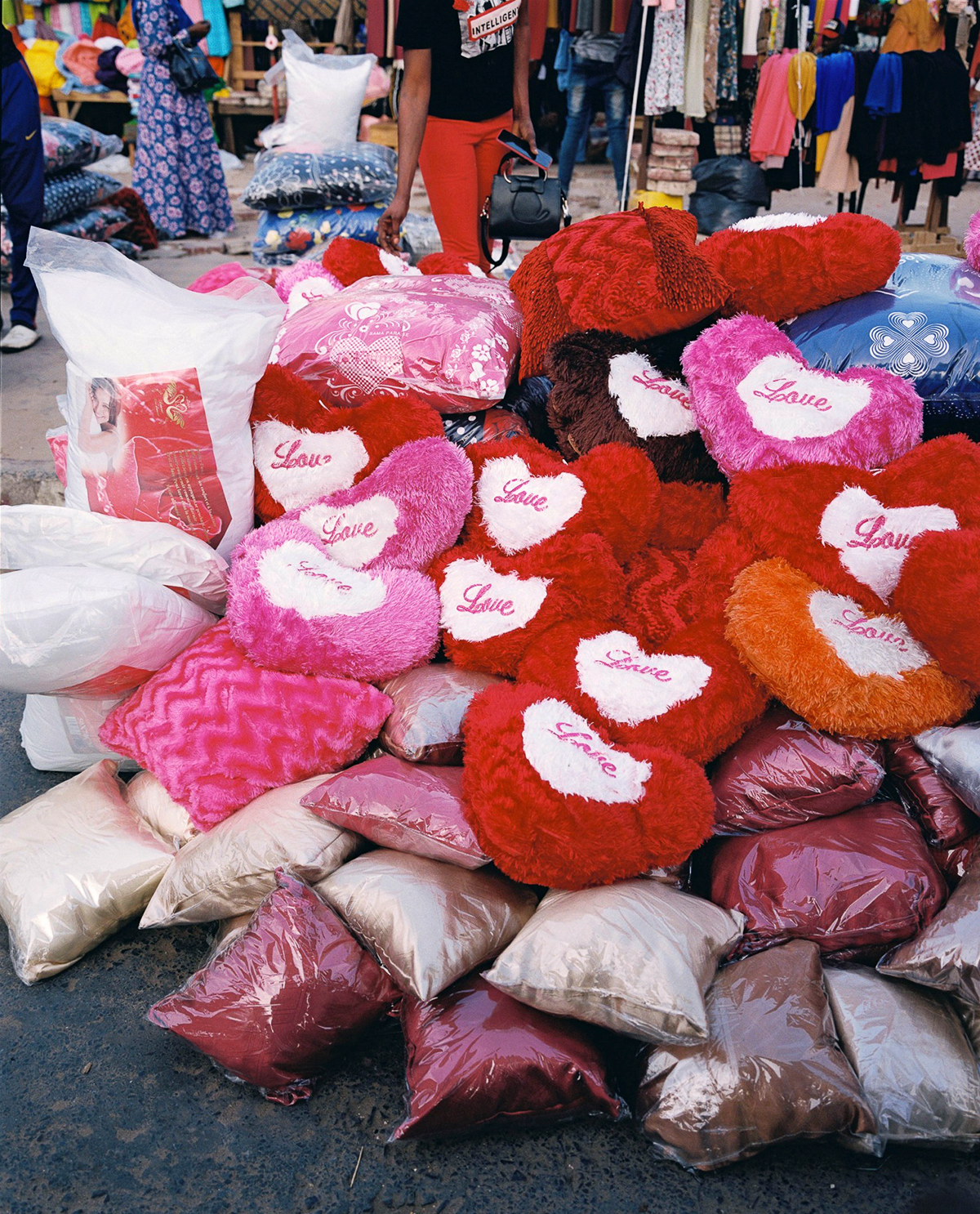
She includes snapshots of the ocean, as well as still lifes in the series: a Senegalese market stall sells furry red and pink heart-shaped pillows. Much like the woman’s outfit on Ngor island, it captures the romantic-industrial complex that governs modern love. How a free human emotion is marketed to us for a fee. According to the National Retail Federation, shoppers in the US were predicted to spend $25.9 billion on Valentine’s Day this year, up from 2022. “Love is everywhere in mainstream culture,” Charlotte says. “When I saw this girl in the street, she wears love but I don’t know if she needs love. We love love, we want love, we need love, and love is in movies and publicity.”
The commercial world might be selling a utopian kind of love, but the photographer doesn’t think that’s true to life. She spends a long time with her subjects, often half a day on a few photographs, letting real feelings of awkwardness, bashfulness and intimacy come through in otherwise acted narratives. It gives the work an authenticity, she says. “We can find some tension. It’s not about fluidity or sensuality, it can be a bit twitchy. In the same way, couples sometimes feel.”
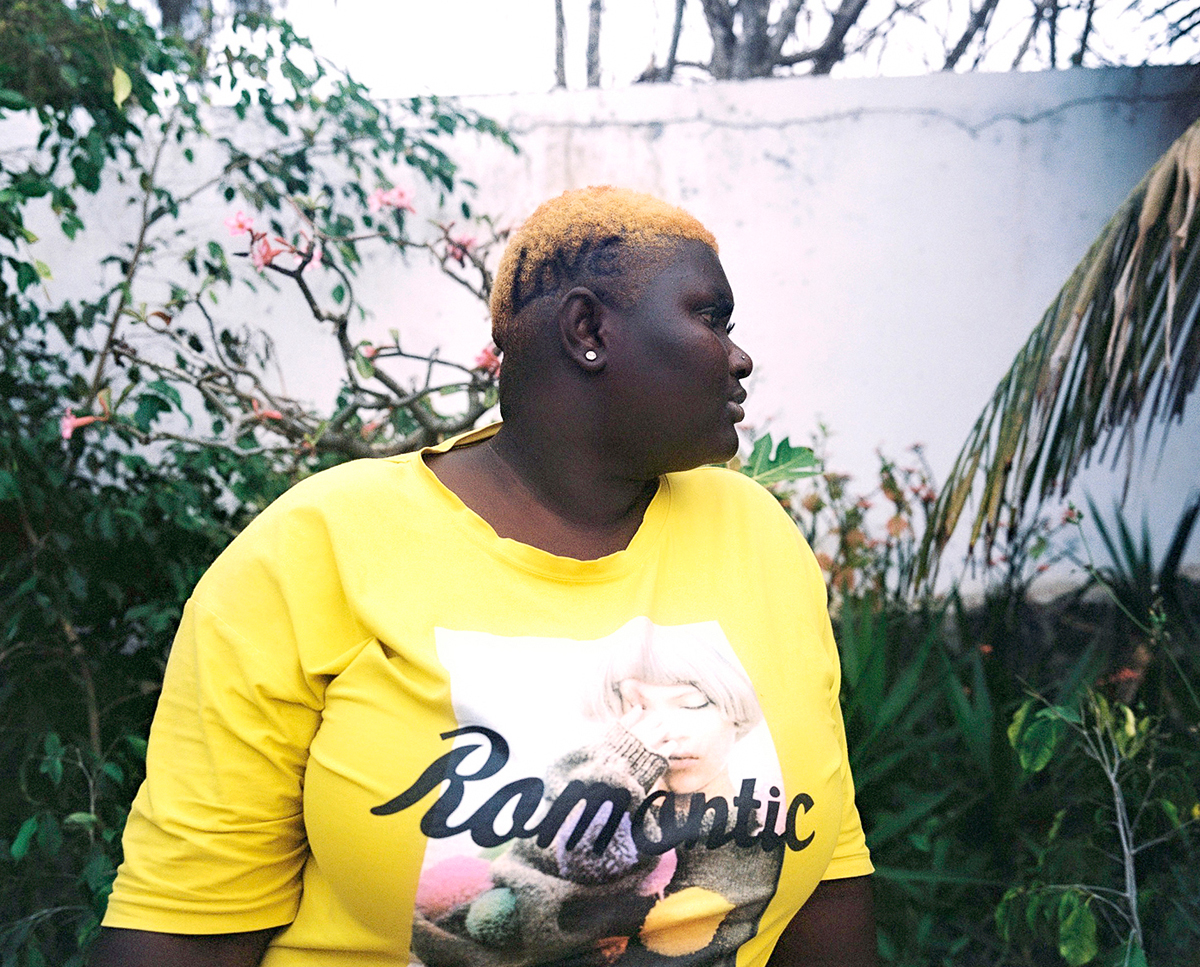
The images are fraught: a woman looks past her partner and catches the eye of the camera, as they lie on a red bedspread beneath striped curtains, in a room that serves as the backdrop of several tumultuous relationships. In one portrait, a teenage couple she met in Dakar — the boy wearing Louis Vuitton, the girl in a hijab — are framed by tropical leaves. Their expressions are indiscernible: “Will they break up?” asks Charlotte, “Or is this a love declaration?”
There’s boredom, confusion and pain in the images, which are bathed in natural light, as her subjects draw on their own history and experiences. But she also finds a tenderness. “For me, love is not a quiet river,” she says. “It’s not always easy, it’s not always natural, it’s not always fluid. It’s a journey.”
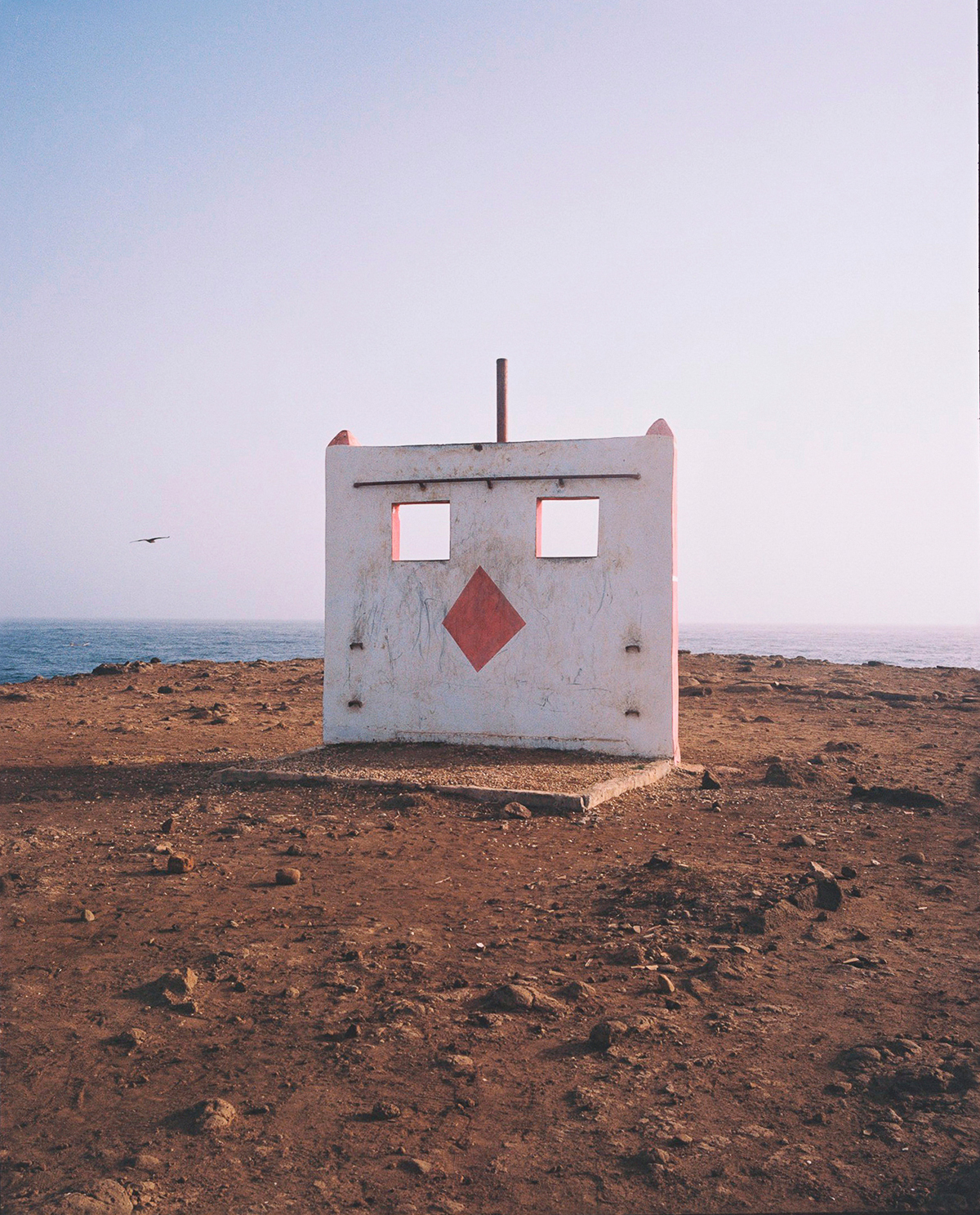
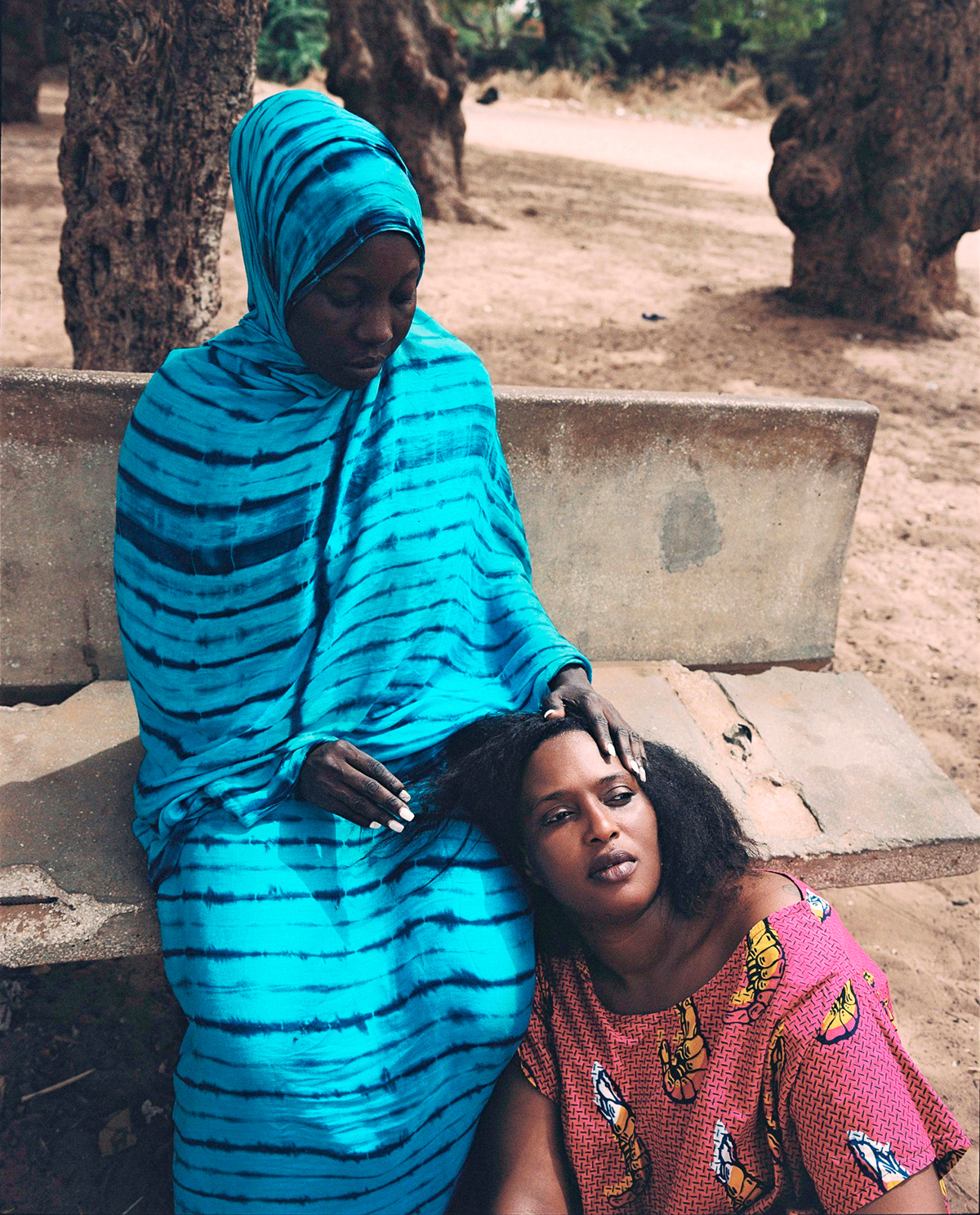

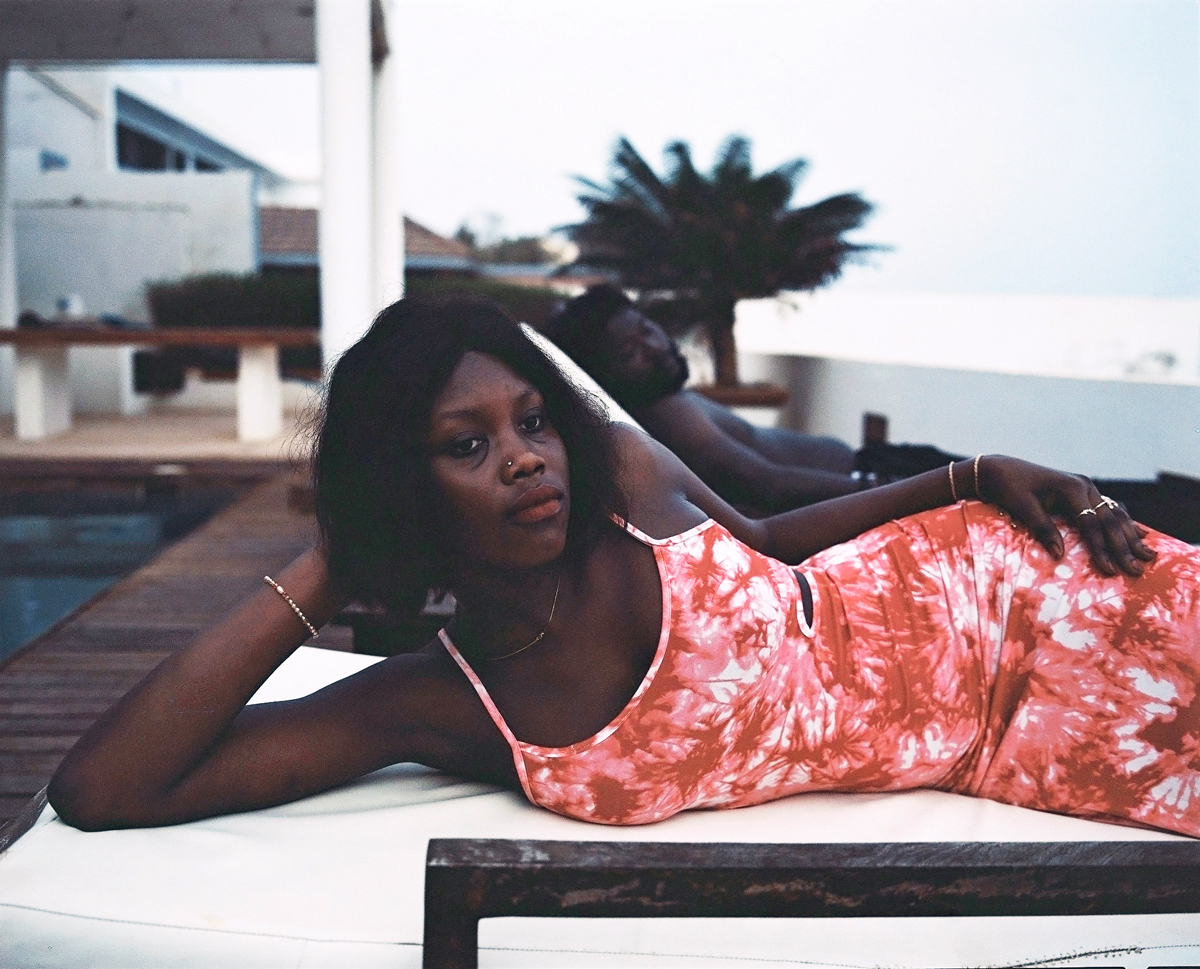
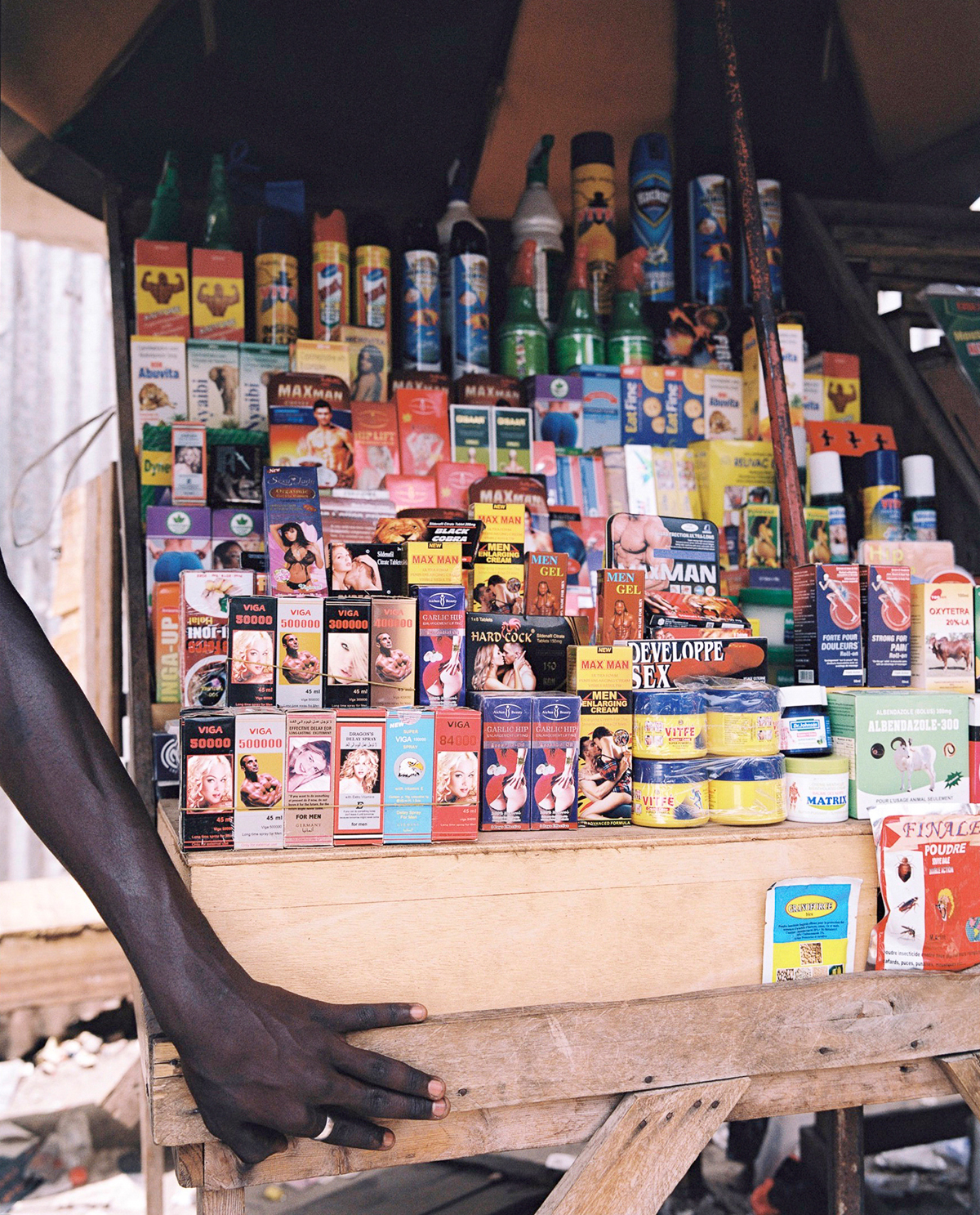
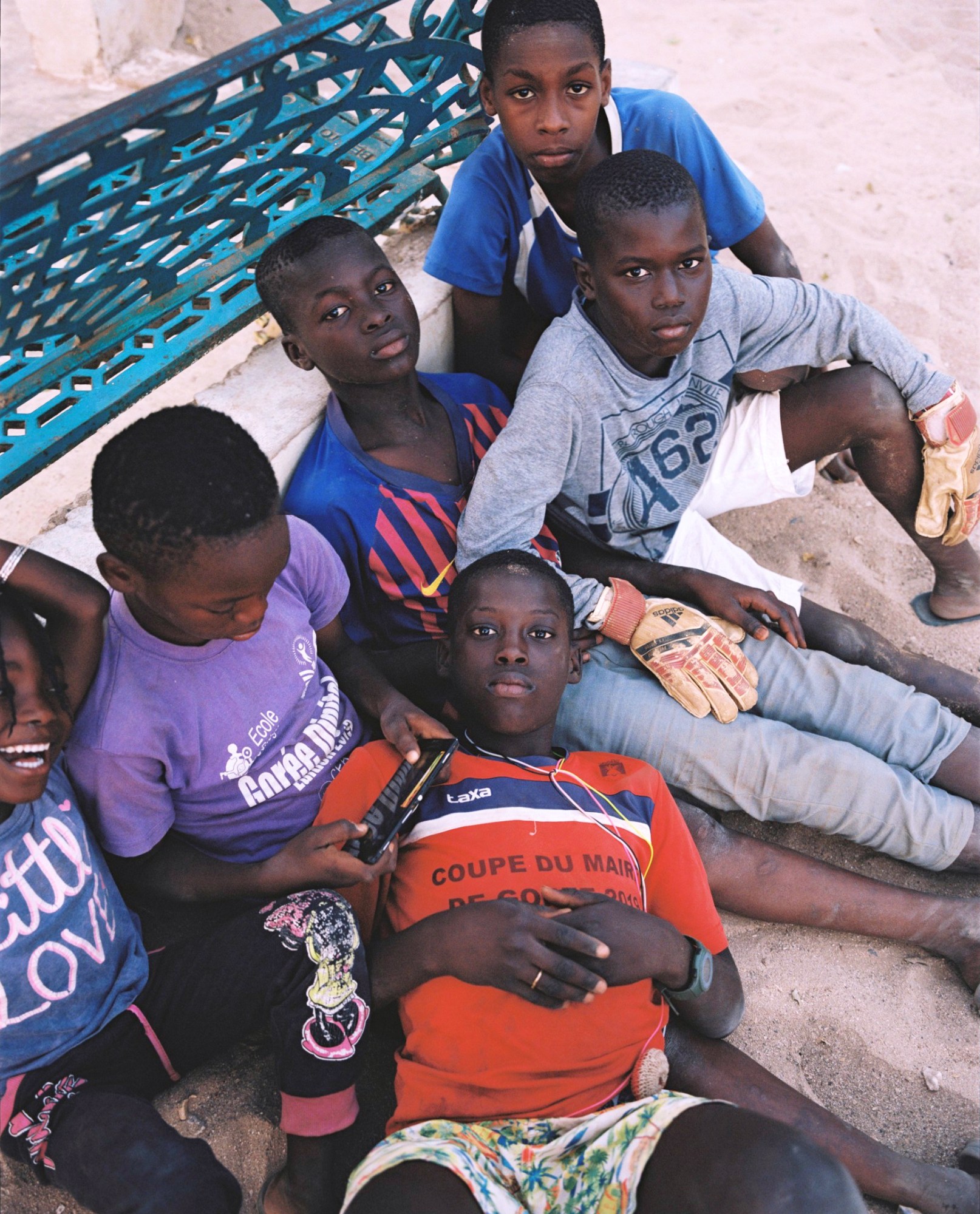
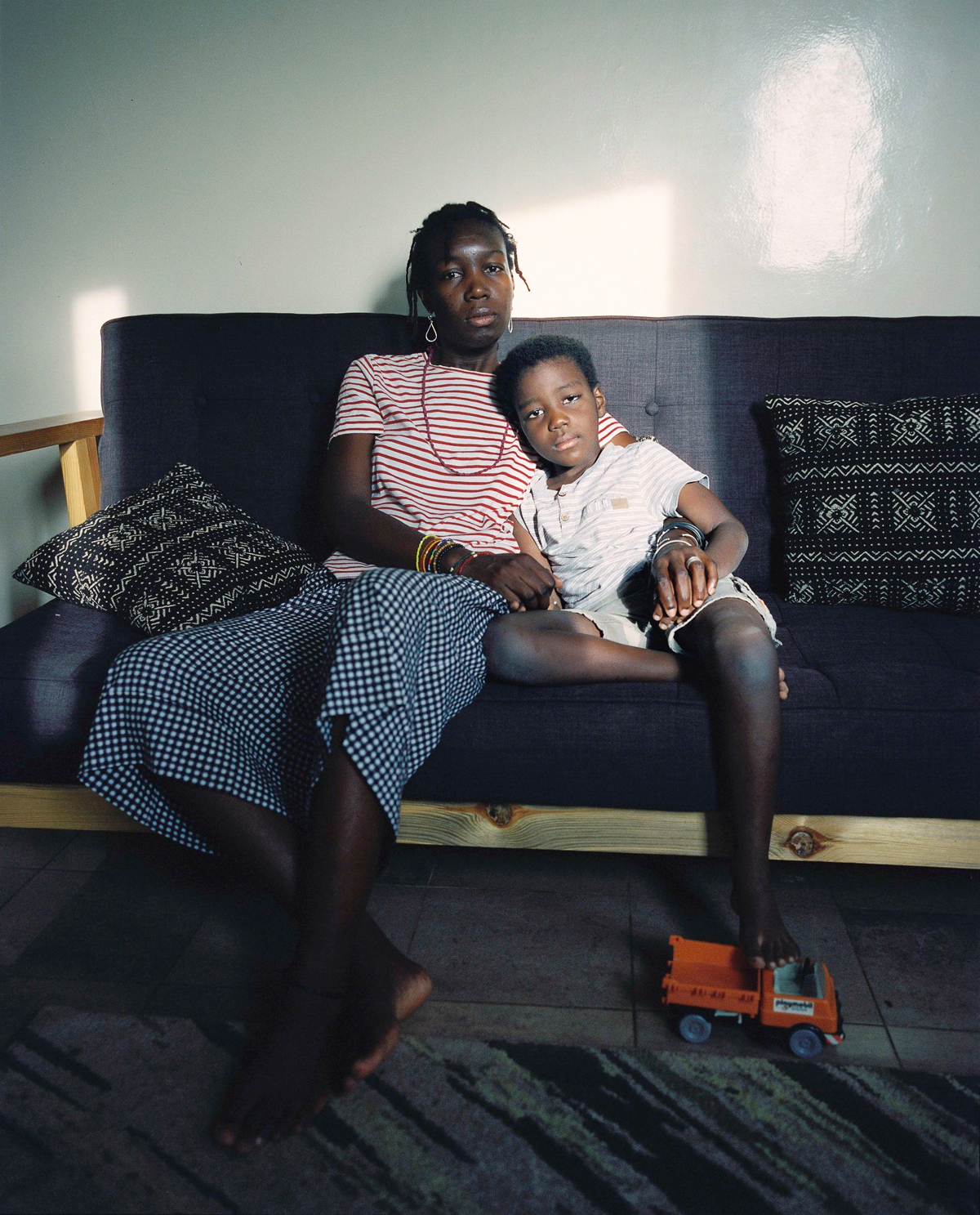
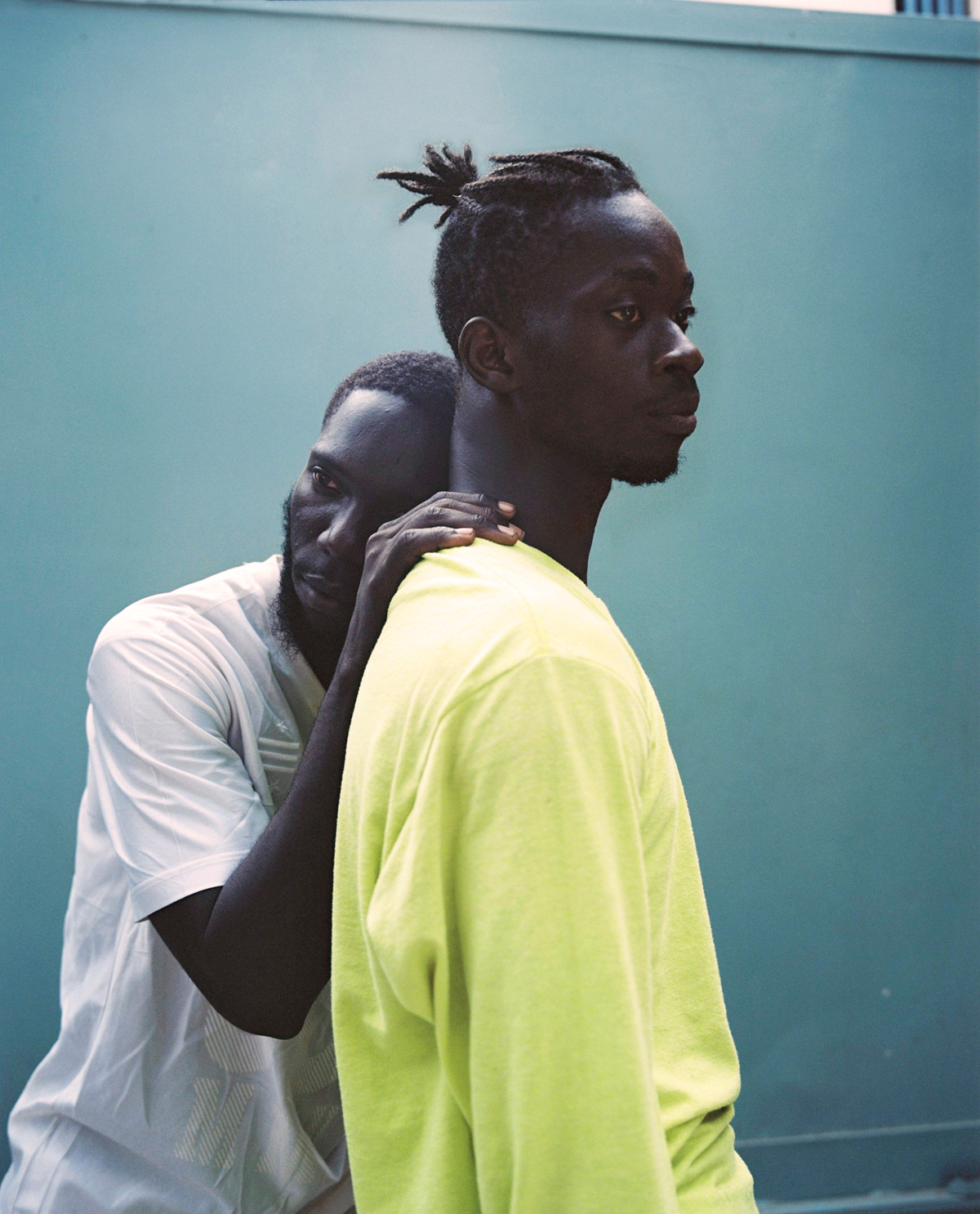
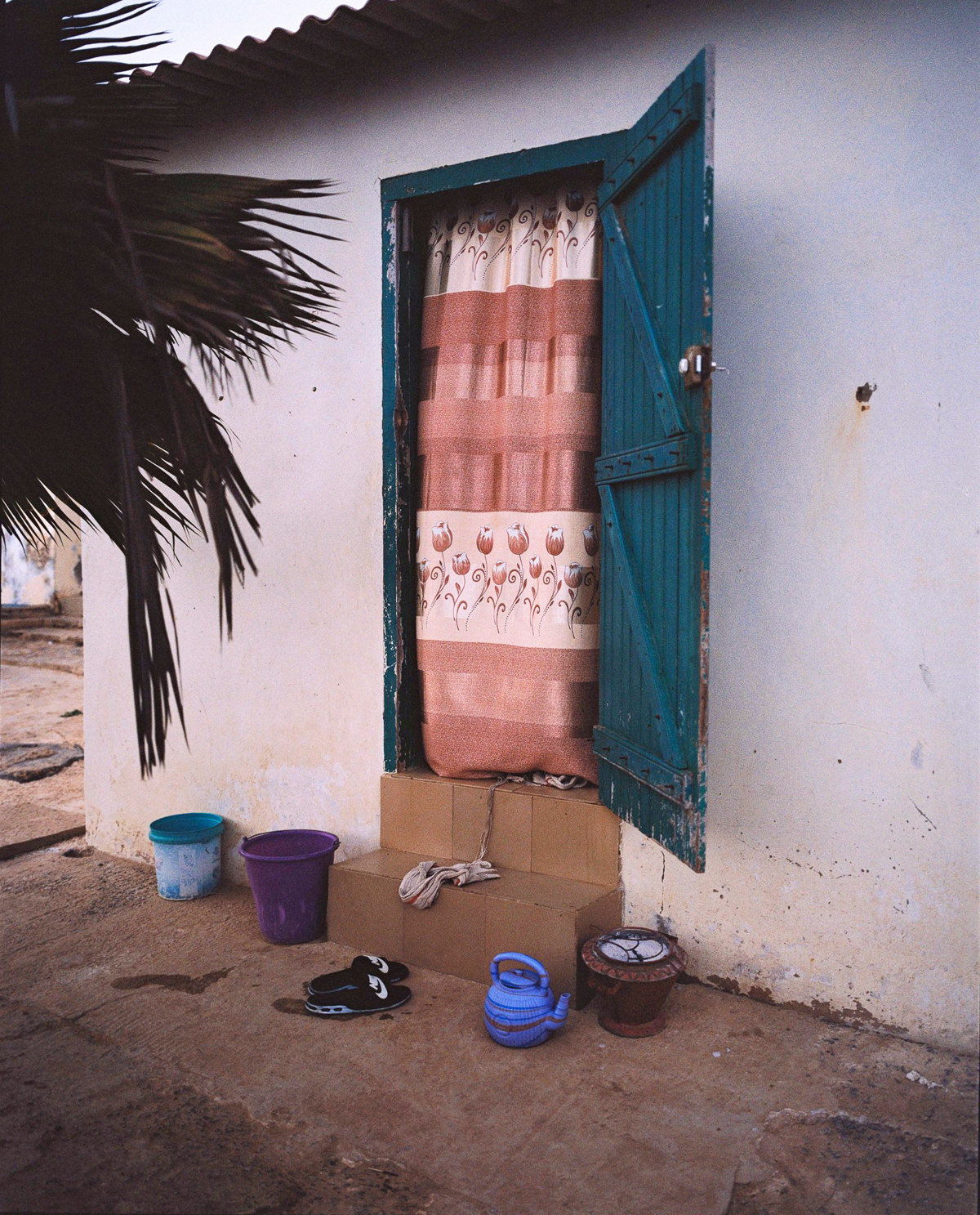
Credits
Photography Charlotte Yonga
